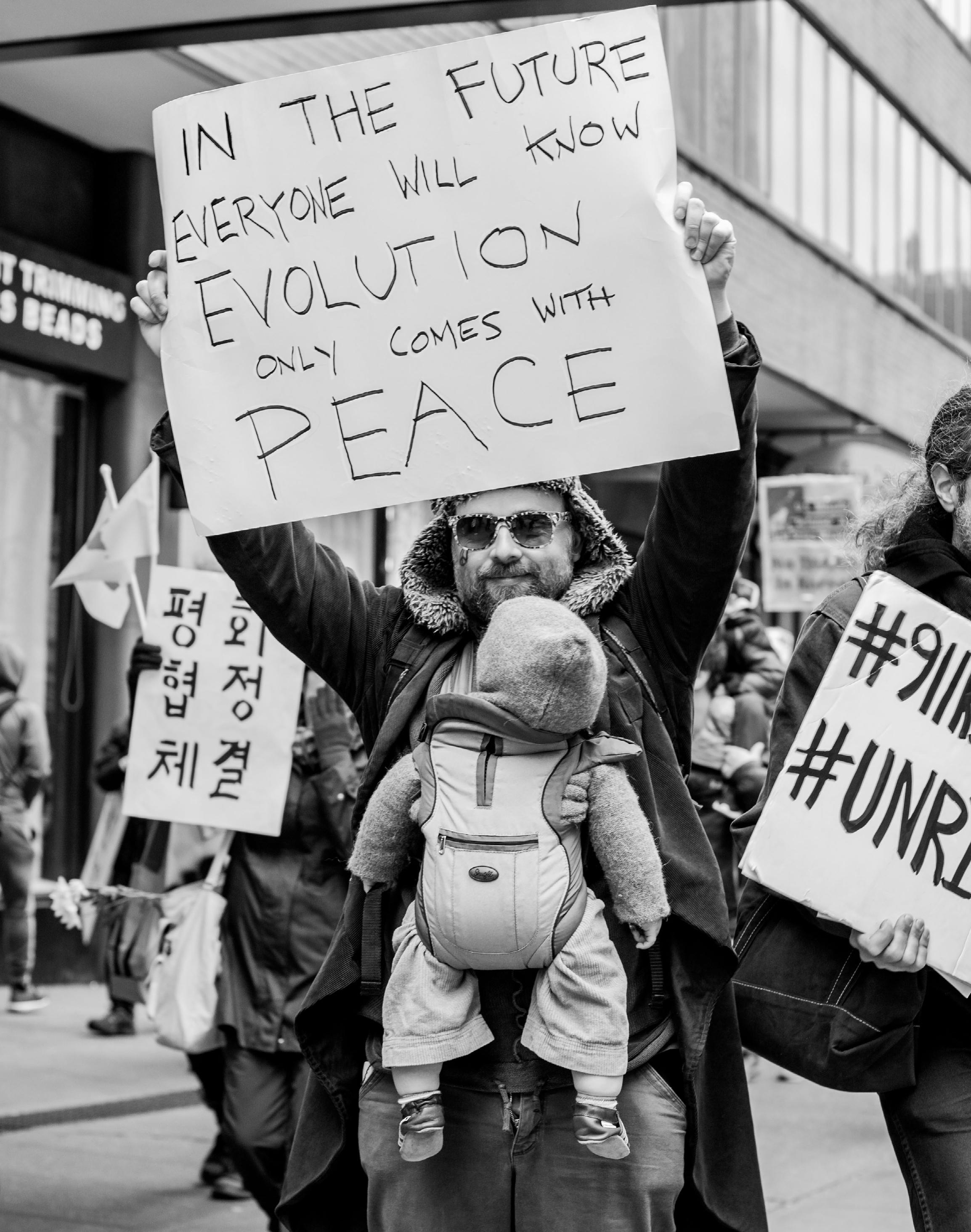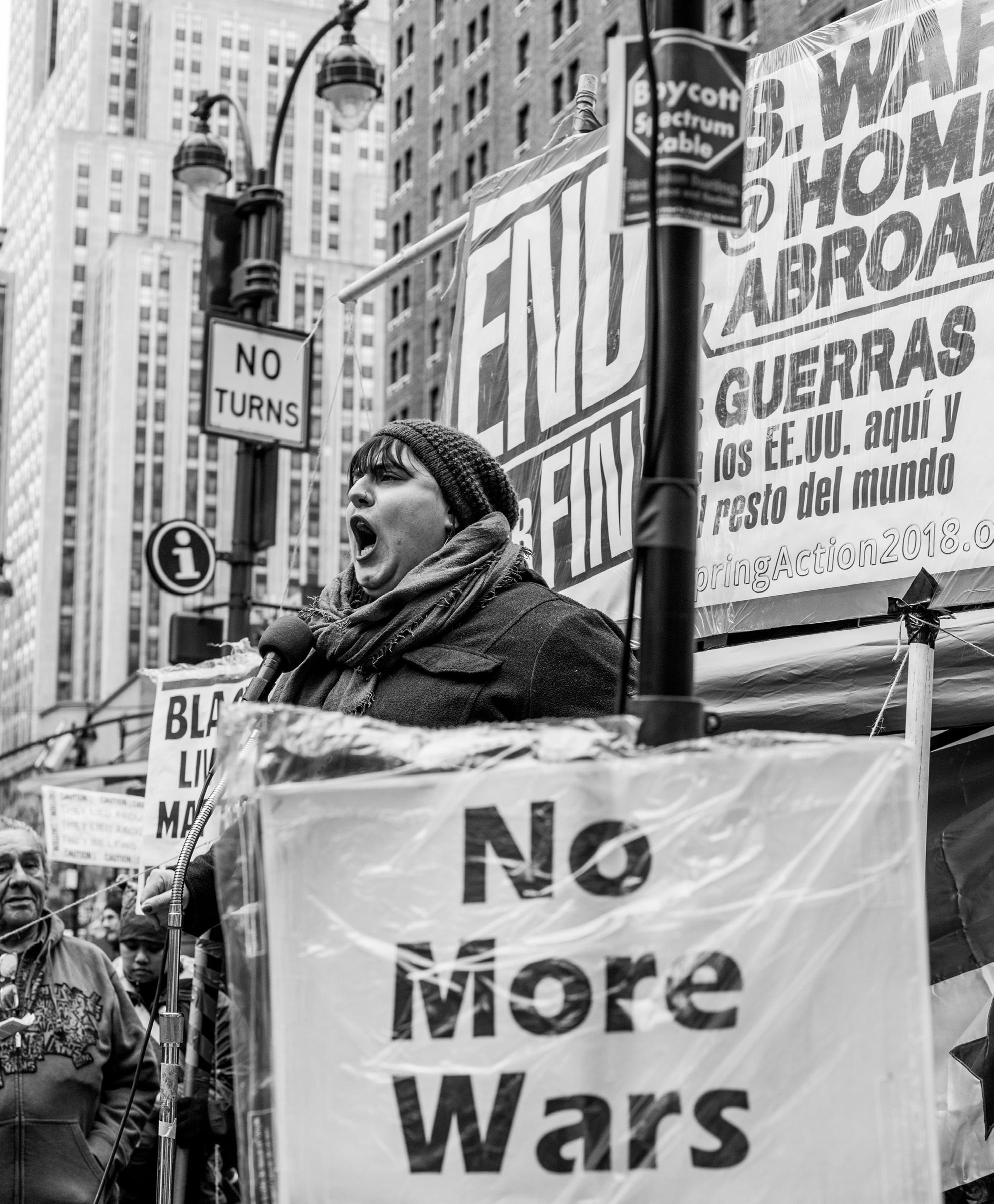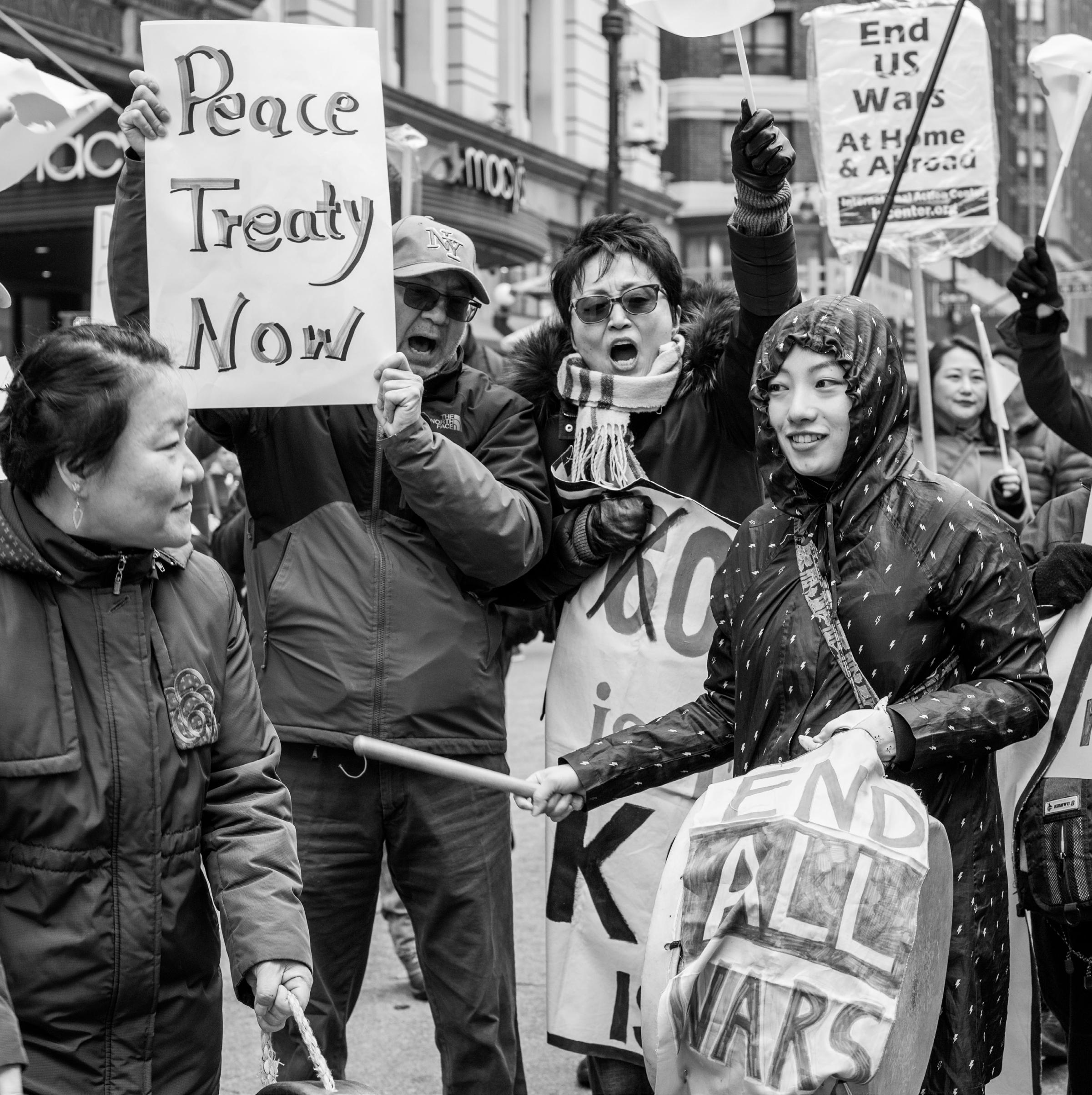
2 minute read
No More Wars by Yongqi Liu


Advertisement
NO MORE WARS! Photographer: Yongqi Liu
RAISING OUR VOICES AGAINST DOMESTIC VIOLENCE

Photo by: sydney sims
Domestic violence comes in several forms
and varying degrees of severity. Statistics from the United States’ National
Coalition Against Domestic Violence show that more than 10 million women and men
are abused by an intimate partner on a yearly basis. The national domestic violence hotlines receive no less than 20,000 calls on a regular day.This only proves that the fight against the monster is still a long way from being won.
Initiatives like the Domestic Violence Aware-
ness Month hope to step up the conversation about domestic violence. How-
ever, we cannot restrict discussions about domestic violence to the month of October
only. There is a need to keep the conversation going all year round. For many of us, our voice is the most powerful tool we can lend to this fight. A short highlight of the dynamics of domestic violence The multifaceted of
domestic violence is such that anyone can be a victim. There is no atypical or typical victim. You’ll find victims from all walks of life; both genders, all races, varying educational and sociocultural, and economic backgrounds, and all religions are affected. And domestic violence is never the fault of
the victim. No one deserves to suffer any form of violence from an intimate partner, no matter the transgression. On the simplest level. It’s an issue of power and control. The moment one partner starts feeling entitled to power and control over the other, violence sets in.
the different faces of domestic violence
As mentioned earlier, domestic violence is multifaceted. Below are a few of the types of domestic violence:
1- Physical: the most common type of domestic violence. Occurs when a partner inflicts or attempts to inflict bodily harm on the other partner. 2- Sexual: It involves forcing sexual relations on the other party without their express consent or attempting to undermine their sexuality. 3- Economic: making or attempting to make a partner financially dependent. 4- Psychological: instilling unwarranted fear in a partner. 5- Emotional: undermining a partner’s sense of self-worth or attempting to do so.
how we can raise our voices
If we are to have any realistic shot at ending domestic violence, we all need to speak out. Here are some ways through which we can raise our voices:
1- Call emergency services or the domestic violence hotline.
2- Be vocal about domestic violence in your community. Do not be afraid to start conversations or educate people on the need to speak
up. 3- Educate the youths on the need for mutual respect in all their relationships 4- Get help if you are currently facing domestic violence.
The option of leaving is always available for anyone facing domestic violence. However, leaving could sometimes put you at a greater risk. Many abusers are known to become even more violent when their partner leaves or threatens to leave.
The prospect of losing custody over their children or relinquishing their properties also prevents some victims from leaving. Getting help is always a smart choice in these situations. There are professionals you can talk to who would give you the best advice on how to protect yourself. Do not hesitate to speak to them!











